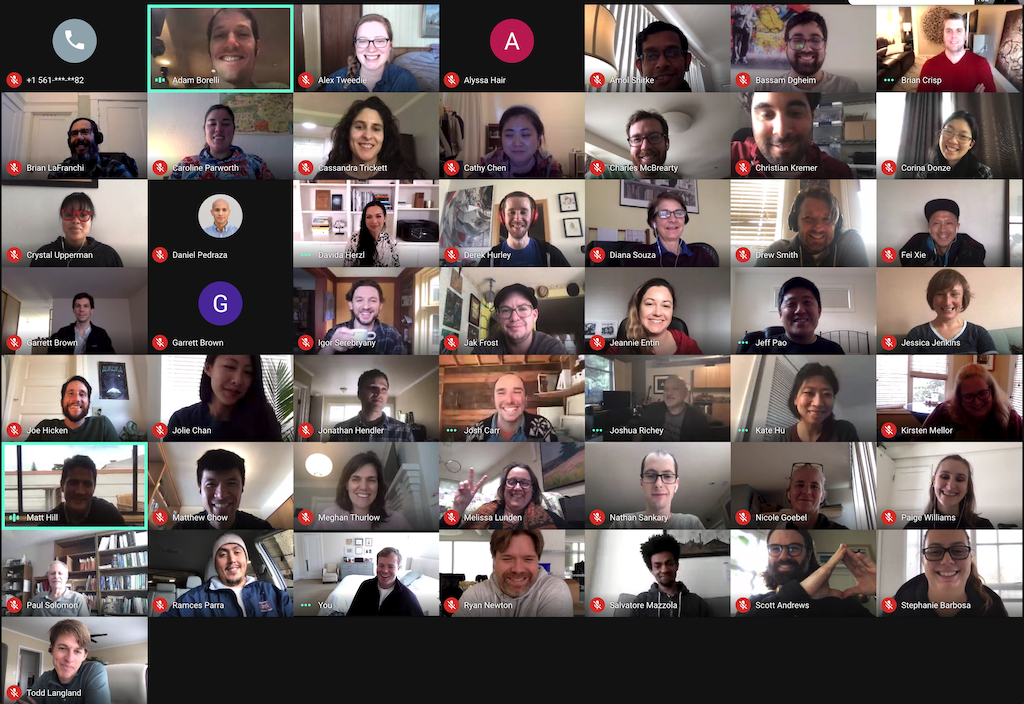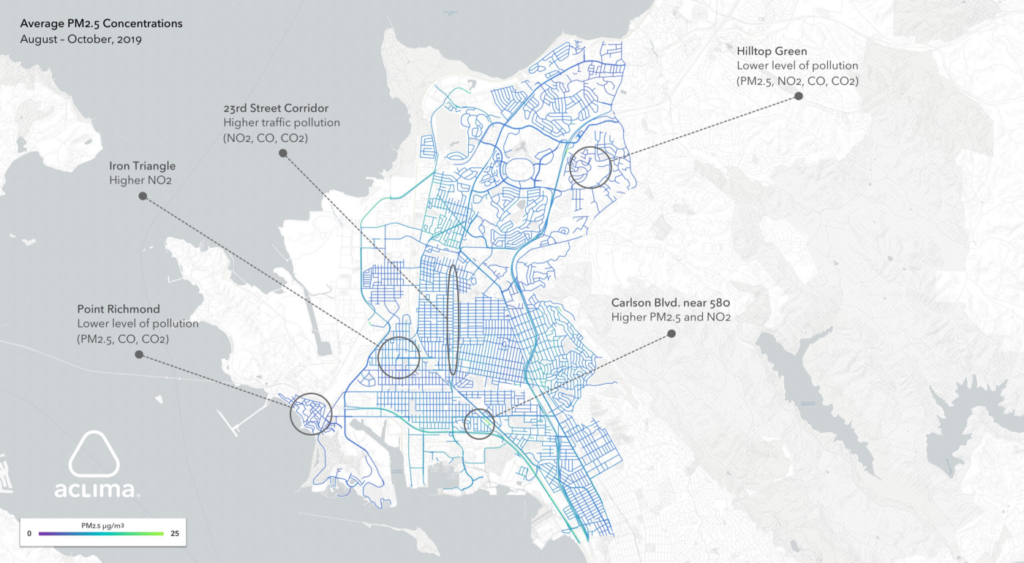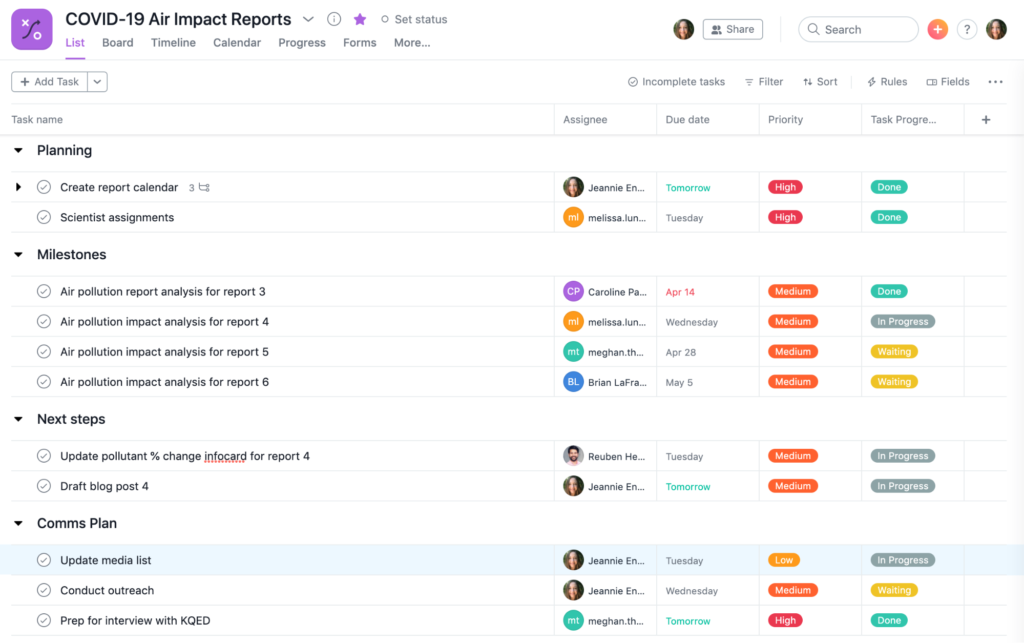Aclima illuminates the connection between air pollution and public health with Asana

For the first time in 50 years, many around the world are celebrating Earth Day indoors. Social distancing has halted all but the most essential travel, resulting in less pollution and temporarily cleaner air. This has opened the door for climate tech companies like Aclima to raise awareness about their work and the sustainable solutions they’re developing to respond to climate challenges.
In celebration of Earth Day, we asked Aclima to share how they’re measuring pollution and greenhouse gases city-by-city and block-by-block—coordinating across teams of scientists, engineers, designers, and public policy experts—with Asana.

Providing hyperlocal reports and iterating quickly for communities
Aclima is known among the environmental community for their publicly available, interactive air quality reports. These hyperlocal reports help people better understand the connection between pollution and public health. But launching and maintaining this web-based community service requires highly cross-functional coordination between the Aclima team and their regulatory partners and community groups. Using Asana, Aclima tracks feedback from partners in an Asana project to ensure they continue to make improvements to the service and fix any problems flagged by the community quickly. As a result, communities like San Francisco’s neighboring Richmond-San Pablo can look up hyperlocal air pollution by address, share environmental insights, and access resources to take action.


An initial three-month program in Richmond-San Pablo generated more than 110 million data points, measuring fine particulate matter (PM 2.5), along with other parameters—all tied to precise locations on a map.
Making complex project status updates simpler
A large part of the work at Aclima is bridging critical gaps in available environmental information to inform public and private sector decisions. Aclima’s Pro platform measures and analyzes hyperlocal air pollution, delivering continuously updated data. This is a time-sensitive, collaborative, and detail-oriented process, which requires Aclima’s teams including software developers, UX designers, mechanical engineers, and many more to operate in a single tool.
Before Asana, each team at Aclima had their own project management processes, reporting formats, and status update cadences. Now, Aclima’s teams add specific tasks to multiple Asana projects, giving everyone a single source of truth. As a result, the team sees the task in every project that it is associated with and knows what they’re responsible for—without duplicating work or calling for more status meetings.
“At Aclima, we’re combining a mobile sensing fleet, cloud-based software, atmospheric science, and user-centric design to help protect people and the planet. Asana empowers our multidisciplinary teams to work together to make every day Earth Day, with the clarity needed to focus on what matters.”
Josh Carr, Vice President of User Experience at Aclima.

COVID-19 Air Impact Reports
When Aclima scientists observed a decline in air pollution after the shelter-in-place began in the Bay Area, the Aclima team set to work to assess the impacts of the region’s collective pandemic response on its air quality, and share this timely information publicly on its blog in COVID-19 air impact reports.
As with all projects at Aclima, the creation of their COVID-19 air impact reports requires collaboration between more than five teams. The science and communications teams work from the same Asana project to prioritize deliverables, spot roadblocks, and highlight milestones. They’re able to compile all the data, analysis, and imagery from across the organization into one place, making it easier to prepare the impact reports in a timely manner and continue to improve the publication process as the situation unfolds.

Working toward a greener future, together
We’re thankful for customers like Aclima who work tirelessly to protect our public health and environment. So long as there is a need for organizations to work together and collaborate on a cleaner, greener future, we’ll be there to help their teams stay focused and connected. On behalf of all of Team Asana, Happy Earth Day!

